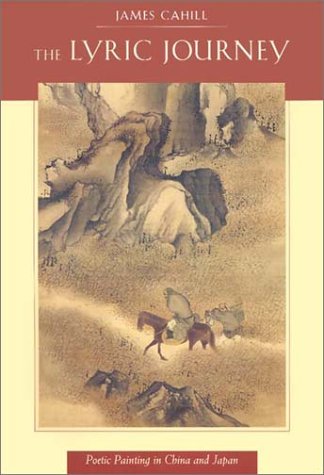Poetic paintings - works done in response to lyric poems, or else as pictorial equivalents to them - compose a major category of East Asian art. In this illustrated book James Cahill looks at three exemplary traditions in this genre, works from three very different times and places, ringing new understanding of the paintings and of the relationship between the art and the societies that produced it. Creating paintings with poetic resonances, somtimes with ties to specific lines of poetry, is a practice that began in China in the 11th century, the Northern Song period. Cahill vividly surveys its first great flowering among artists working in the Southern Song capital of Hangzhou, probably the largest and certainly the richest city on Earth in this era. He shows us the revival of poetic painting by late Ming artists working in the prosperous city of Suzhou. And we learn how artists in Edo-period Japan, notably the 18th-century Nanga masters and the painter and haiku poet Yosa Buson, transformed the style into a uniquely Japanese vehicle of expression.
In all cases, Cahill shows, poetic painting flourished in crowded urban environments; it accompanied an outpouring of poetry celebrating the pastoral, escape from the city, immersion in nature. An ideal of the return to a life close to nature - the "lyric journey" - underlies many of the finest paintings of China and Japan, and offers a key for understanding them.
- ISBN10 0674009673
- ISBN13 9780674009677
- Publish Date 30 November 2002 (first published 1 August 1996)
- Publish Status Out of Print
- Out of Print 30 January 2014
- Publish Country US
- Imprint Harvard University Press
- Format Paperback
- Pages 265
- Language English
